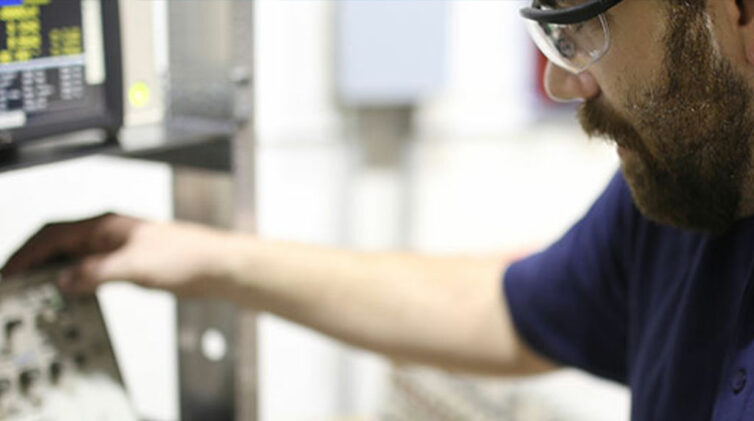The industry has mapped out a $152 million, 10-year research plan under the federal government’s revived co-operative research centre (CRC) scheme, lodging its submission last week on behalf of the proposed CRC known as iMove.
The submission shows that a total of 37 industry, government and research organisations have pledged to invest $107m in cash and kind towards the research program if the federal government approves the submission and contributes a further $45m to the program.
ITS includes a wide range of traffic management systems including traffic signal co-ordination, traffic rerouting, vehicle-to-vehicle and vehicle-to-infrastructure communications, better co-ordination between transport modes and overall improved efficiency of the entire transportation network.
“Congestion is rising rapidly and already costs business and the community $16.5 billion a year,” the submission says.
“The problem is that our transport systems are struggling to cope with the volume of traffic and freight.

“The iMove CRC will drive a step-change in the productivity of our transport assets to achieve higher returns on our infrastructure investments and expand our export potential.”
The iMove consortium includes 20 end users and technology developers, 17 research institutions and the federal government’s own department of infrastructure and regional development.
The latter has committed a contribution of $2m in cash if the iMove CRC is approved.
Five industry workshops and one researcher workshop have been held to help identify the main problems to be addressed and the top priorities for the proposed iMove CRC.
The CRC will work in three principal areas: ITS and infrastructure, end-to-end freight solutions and enhanced personal mobility.
The overall aim is to improve the efficiency of the road and freight transport systems and to reduce the losses caused by congestion, the cost of which is forecast to rise from $16.5b to $30b a year by 2030.
The submission says that the adoption of ITS could increase traffic capacity on existing roads by an estimated eight to 22 per cent and improve traffic flow by between 13 and 48 per cent, depending on the road.
It says these improvements could increase productivity, boosting gross domestic product by between $12b and $26b and lead to the creation of 30,000 new jobs.
In addition, better traffic management would lead to a reduction in road crashes, which are said to cost Australia $27b a year. The submission claims ITS can reduce crashes by between 24 and 50 per cent.
In addition, the improved efficiency on the roads could lead to a reduction in fuel consumption by between five and 40 per cent.
As well as the federal department of infrastructure, members of the iMove consortium include the state government road authorities in Victoria, NSW, Queensland, South Australia and Western Australia.

Technology developers include Intelematics, Cohda, Bosch, Transmax, Spain’s TSS-Aimsun and Opturion, a modelling platform developed by Melbourne University and Monash University. The Royal Automobile Club of WA and the Royal Automobile Club of Victoria are also members.
Together, these members have committed $55.8m to the iMove program, including $32m in kind (the seconding of employees and use of premises).
In addition, 17 research institutions have signed up to the iMove program, committing a further $49.2m, which includes $34.7m in kind.
The submission indicates that there is also a group of prominent companies and one road authority that are planning to join but which did not get their acceptances in before the March 31 deadline.
These companies include Woolworths, Australia Post, Linfox and Qantas Freight. South Australia’s Royal Automobile Association is also expected to join.
The push for the creation of an ITS CRC was started by Susan Harris, the chief executive of ITS Australia, a non-profit organisation created to encourage the rapid adoption of ITS technology on Australian roads and freight systems.
The application process for the iMove CRC is being managed by Excellerate Australia, the management company which has managed the AutoCRC for the past 10 years.
The CRC program was introduced in 1990 as a way of bringing together industry, educational institutions and research bodies to invent solutions to industry problems, whether it be in products and design, material science, production methods or systems design. Each CRC has a defined lifespan of around five years.
There have been 120 CRCs created since the program started and an independent review conducted by Allen Consulting group in 2012 showed that the CRC program had generated a net benefit to the economy of $7.5b between 1991 and 2017, triple the federal government’s investment in the program.
The CRC grants scheme was halted after 16 rounds in the Abbott government’s 2014 budget. The Turnbull government has reinstituted the program and has called for submissions after opening the 17th round.
By Ian Porter













 Read More: Related articles
Read More: Related articles

